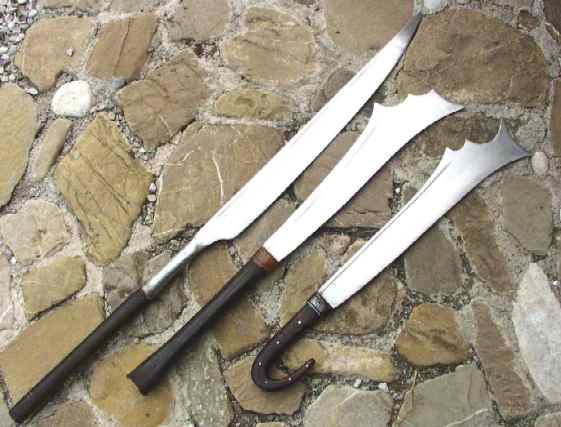Kevlar
 Troubadour
Troubadour
Anders, and I am very sorry for my part in derailing this thread, as well as any misconceptions I might have caused by my exaggeration of certain aspects, my lack of clarity in others, and my lack of knowledge concering still others.
Now I will ask a question, as an inadequate attempt at apology: I was actually under the impression that the katana was around by the fourteenth century and that it was a couple hundred years later when the Japanese developed Tamahagane (and this, I did not know the word for, I had previously just been calling it Japanese smelting). Is this a failure in research on my part?
Again, I sincerely apologize for the inane debate between me and Devor. Please don't allow this to reflect on either of our characters, as it is the only occurence I've had and the only one I've seen Devor have that wasn't bred by a failure to communicate.
Now I will ask a question, as an inadequate attempt at apology: I was actually under the impression that the katana was around by the fourteenth century and that it was a couple hundred years later when the Japanese developed Tamahagane (and this, I did not know the word for, I had previously just been calling it Japanese smelting). Is this a failure in research on my part?
Again, I sincerely apologize for the inane debate between me and Devor. Please don't allow this to reflect on either of our characters, as it is the only occurence I've had and the only one I've seen Devor have that wasn't bred by a failure to communicate.

 Auror
Auror
 Acolyte
Acolyte





